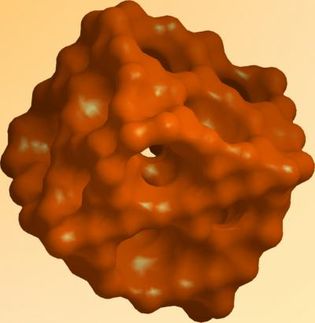Chlorine industry sustainability programme still on track
Advertisement
According to Euro Chlor, the European chlorine industry continued to make steady progress last year towards its 2010 sustainability objectives: producers further reduced plant environmental emissions, had fewer serious process incidents or accidents involving contractors, and improved manufacturing hydrogen utilisation rates.
"Our industry continues to focus on enhancing long-term sustainability, but there is still much work to be done," commented Alistair J Steel, Executive Director of Euro Chlor, the Brussels-based business association representing European chlor-alkali producers. "We will have to boost our efforts during the next few years if we are to achieve an across-the-board success by 2010."
Mr Steel noted in Euro Chlor's 2005-06 Chlorine Industry Review that whilst member companies had achieved significant progress over several years in reducing annual lost-time injuries (LTI) suffered by contractors, this had not been matched by a corresponding reduction in the number of injuries suffered by employees. Improvements will be targeted based on the sharing of best practices between member companies.
On transportation, he added that although the amount of chlorine shipped by road and rail continued to decline and amounted to just 7% of European production in 2005, three accidents were reported compared with none the previous year. Two were minor accidents and one (derailment of a bulk chlorine train in Sweden) was potentially serious, but there were no injuries and no chemical releases.
On a more positive note, gains continued to be made in minimising plant emissions of chlorinated organic compounds and average mercury emissions on a national basis dropped below 1.0g/tonne of chlorine capacity for the first time - two years before the 2007 voluntary deadline set to coincide with the date when the Integrated Pollution Prevention and Control (IPPC) Directive comes into force.
Overall industry energy consumption rose slightly last year for the first time since 2001 because of continued strong and steady production to meet demand. Average energy consumption increased from 3,491 kWh/t chlorine produced in 2004 to 3,499 kWh/t in 2005, a 3.7% reduction since the programme started.
There was a marked improvement during 2005 in the utilisation rate of hydrogen gas, from 86.3% to 88.1% against 79.7% during the 2001 base year and a 2010 goal of 95% recycling and reuse. Hydrogen is generated during the electrolysis process to make chlorine and its co-product caustic soda (sodium hydroxide) and is either used as a raw material or fuel.
Other news from the department business & finance

Get the chemical industry in your inbox
By submitting this form you agree that LUMITOS AG will send you the newsletter(s) selected above by email. Your data will not be passed on to third parties. Your data will be stored and processed in accordance with our data protection regulations. LUMITOS may contact you by email for the purpose of advertising or market and opinion surveys. You can revoke your consent at any time without giving reasons to LUMITOS AG, Ernst-Augustin-Str. 2, 12489 Berlin, Germany or by e-mail at revoke@lumitos.com with effect for the future. In addition, each email contains a link to unsubscribe from the corresponding newsletter.






















































